Sebastian Löbbers
Seeing Sounds, Hearing Shapes: a gamified study to evaluate sound-sketches
May 18, 2022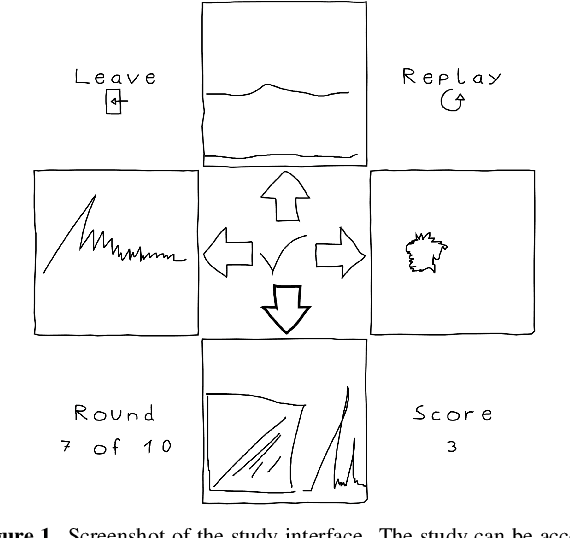

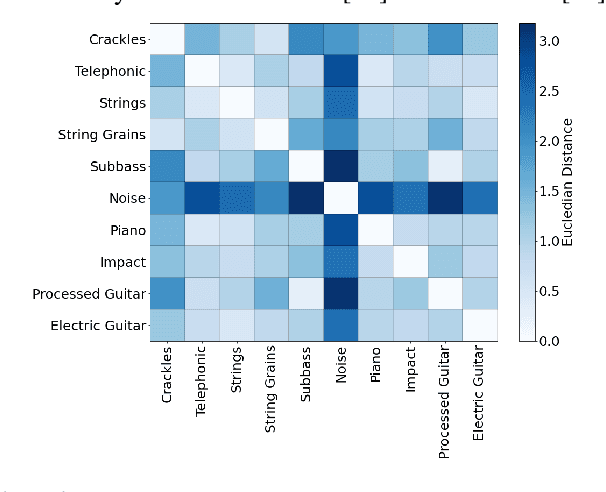

Abstract:Sound-shape associations, a subset of cross-modal associations between the auditory and visual domain, have been studied mainly in the context of matching a set of purposefully crafted shapes to sounds. Recent studies have explored how humans represent sound through free-form sketching and how a graphical sketch input could be used for sound production. In this paper, the potential of communicating sound characteristics through these free-form sketches is investigated in a gamified study that was conducted with eighty-two participants at two online exhibition events. The results show that participants managed to recognise sounds at a higher rate than the random baseline would suggest, however it appeared difficult to visually encode nuanced timbral differences.
Sketching sounds: an exploratory study on sound-shape associations
Jul 15, 2021
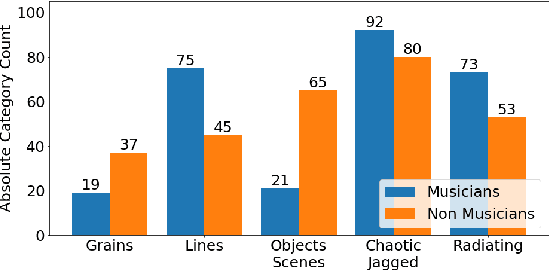
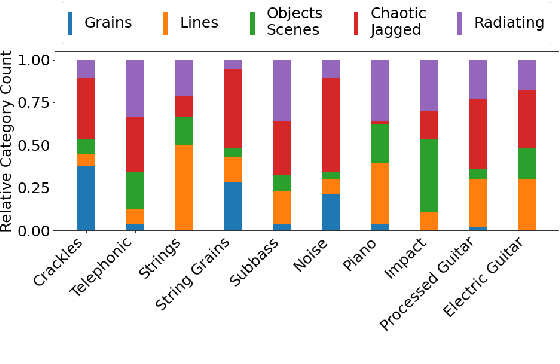
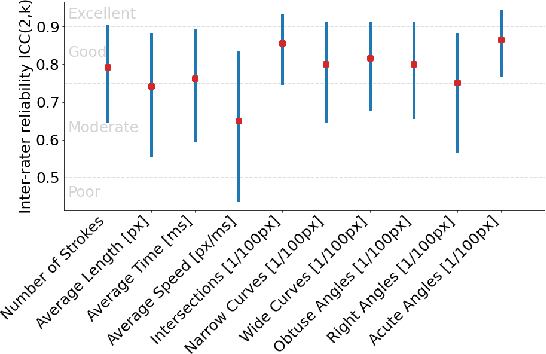
Abstract:Sound synthesiser controls typically correspond to technical parameters of signal processing algorithms rather than intuitive sound descriptors that relate to human perception of sound. This makes it difficult to realise sound ideas in a straightforward way. Cross-modal mappings, for example between gestures and sound, have been suggested as a more intuitive control mechanism. A large body of research shows consistency in human associations between sounds and shapes. However, the use of drawings to drive sound synthesis has not been explored to its full extent. This paper presents an exploratory study that asked participants to sketch visual imagery of sounds with a monochromatic digital drawing interface, with the aim to identify different representational approaches and determine whether timbral sound characteristics can be communicated reliably through visual sketches. Results imply that the development of a synthesiser exploiting sound-shape associations is feasible, but a larger and more focused dataset is needed in followup studies.
 Add to Chrome
Add to Chrome Add to Firefox
Add to Firefox Add to Edge
Add to Edge